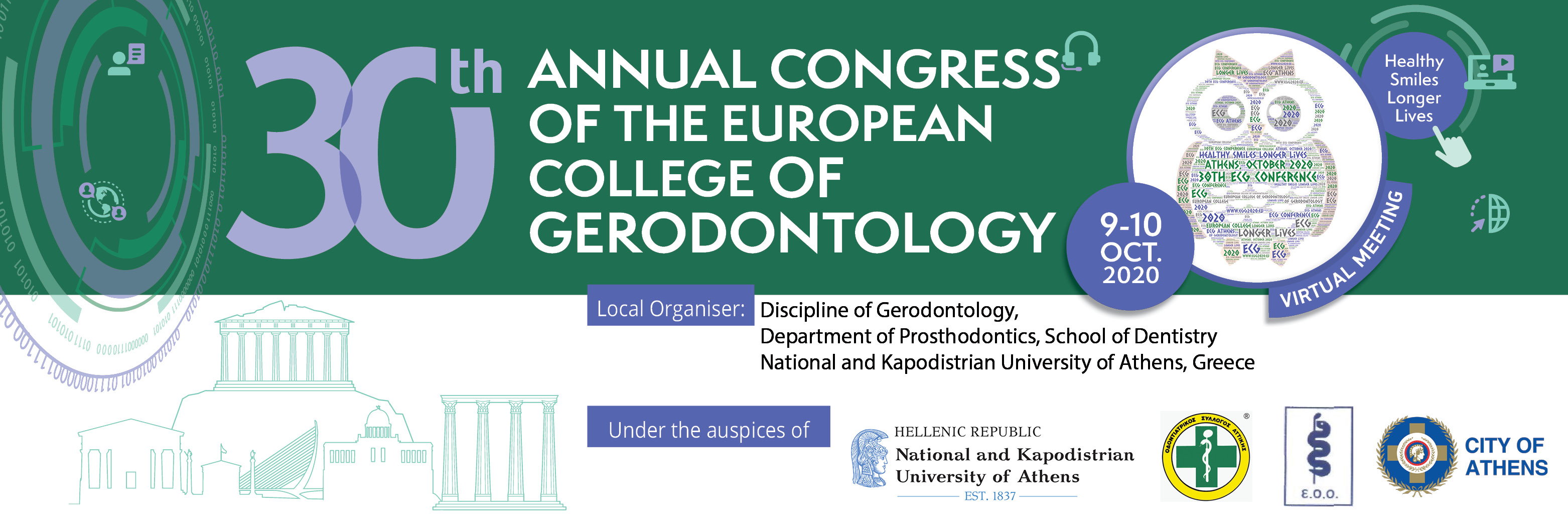Background and aim: Oral health in nursing home residents is poor and access to dental care is usually limited. The purpose of this study was to record the dental and prosthodontic status of older nursing home residents in Athens. Methods: The residents of a nursing home in Athens were interviewed and clinically examined in their rooms using portable dental equipment. Their demographic characteristics were recorded, as well as their smoking habits and the satisfaction with their own oral health. The number of natural teeth and use of removable prostheses were investigated. The quality of removable prostheses in terms of retention, stability, occlusion, vertical dimension of occlusion and level of denture hygiene were also evaluated. Results: A total of 29 residents (10 males, 19 females) were examined. Their mean age was 85.3 ± 8.2 years. They had been living in the nursing home for 3.9±4.1 years (1 month to 8 years) and 20.7% had received more than 12 years of education. A total of 20.7% were active smokers and 37.9% were satisfied with their oral health. Regarding the number of natural teeth, 13.8% had more than 20 teeth, 44.8% had 1-20 teeth, whereas 34,5% were edentulous. A total of 27.6% were using upper and/or lower complete dentures, 10.3% upper partial dentures and 6.9% lower partial dentures. Among edentulous residents, 70% were using complete dentures. Lack of retention was recorded in 57.1% of the dentures, lack of stability in 19%, decreased occlusal vertical dimension in 36.4%, whereas lack of neuromuscular control in 9.1%. Oral plaque in more than one third of the denture surface was recorded in 36.4% of the upper and 20% of the lower dentures. The number of natural teeth was not statistically significantly associated with sex, age, education, years living in the nursing home, smoking habits or satisfaction with oral health (P>0.05). Conclusions: This study identified increased levels of partial and complete edentulousness and poor prosthodontic status among nursing home residents. Future studies are needed to comprehensively evaluate their oral status and treatment needs.
- 42 views



